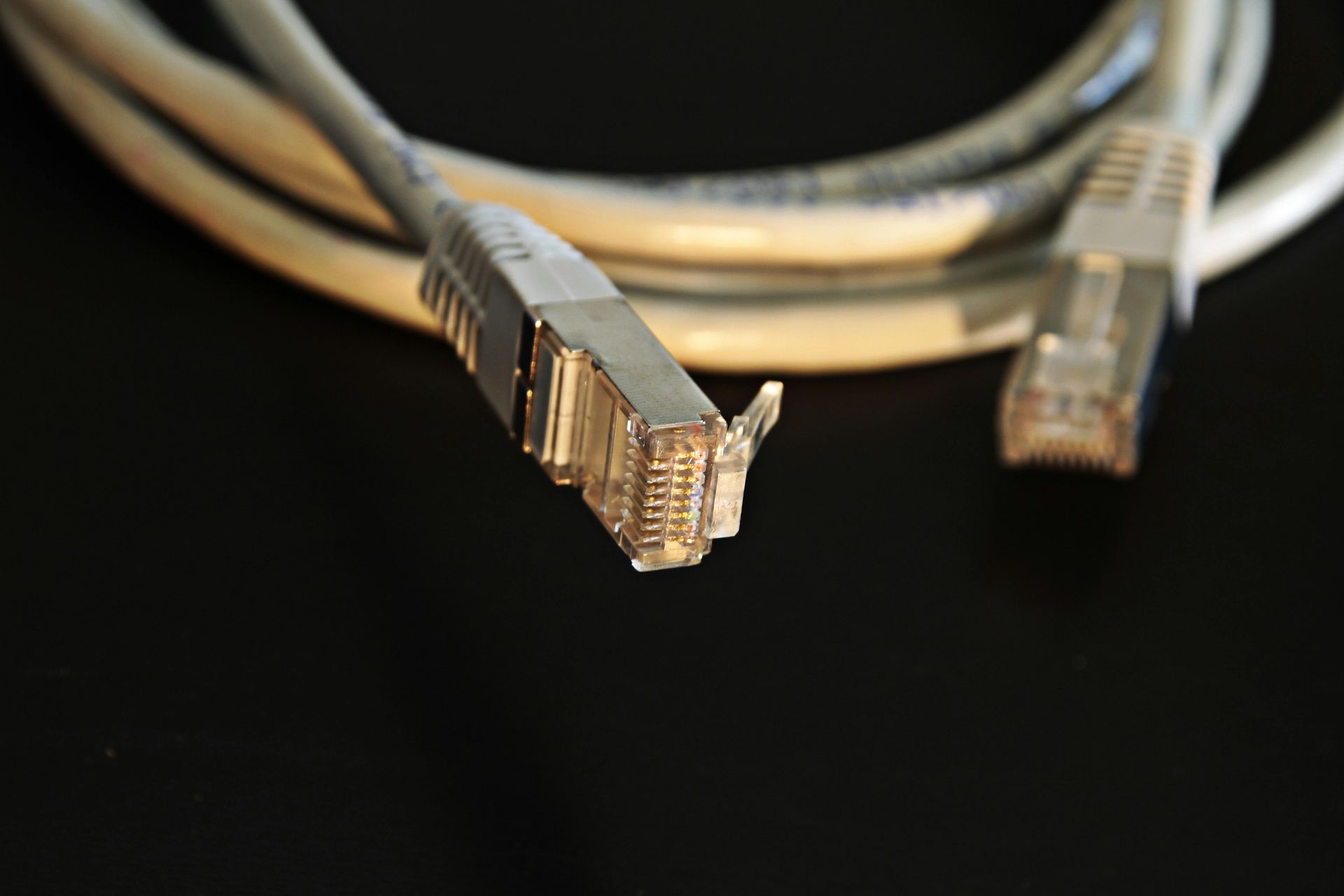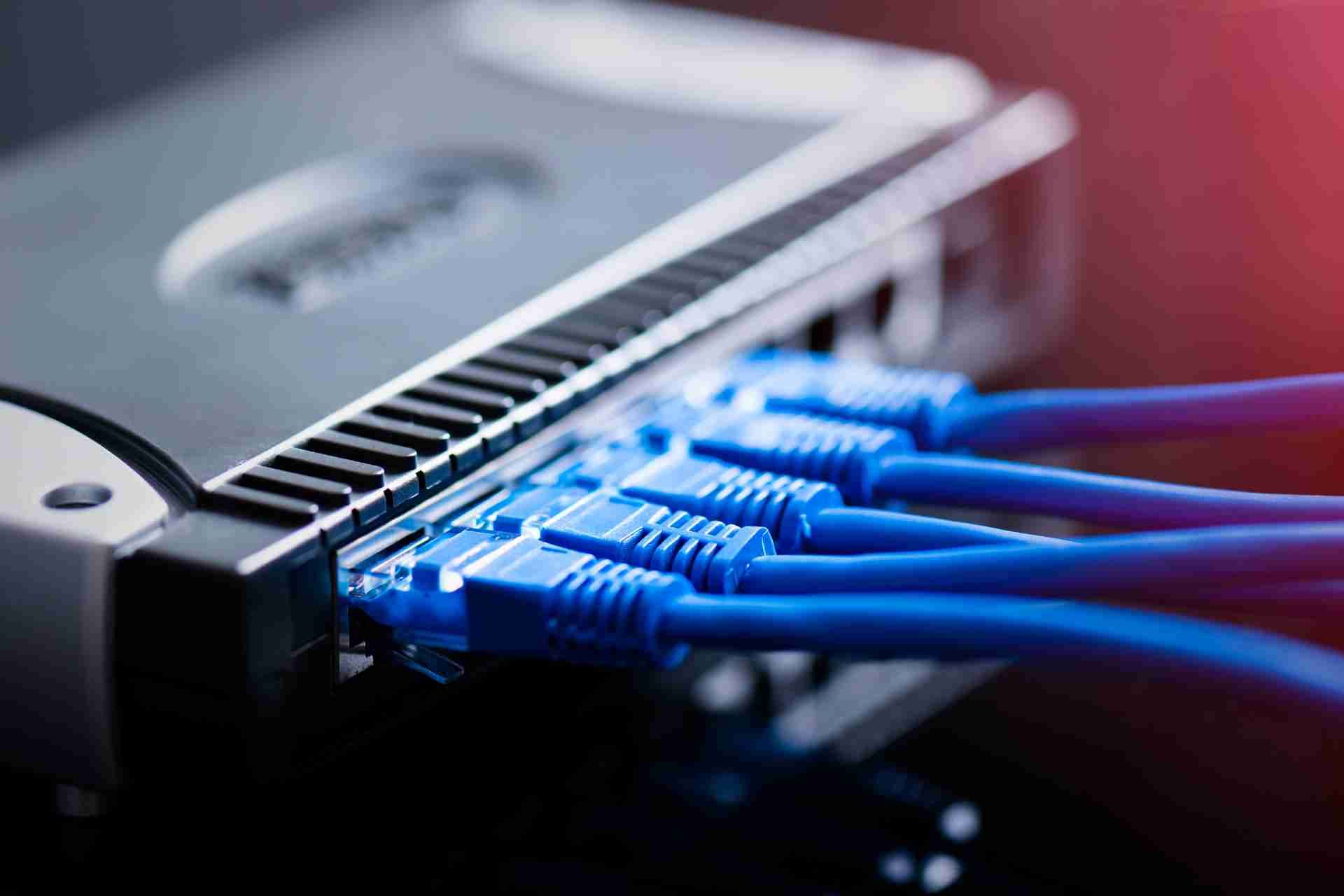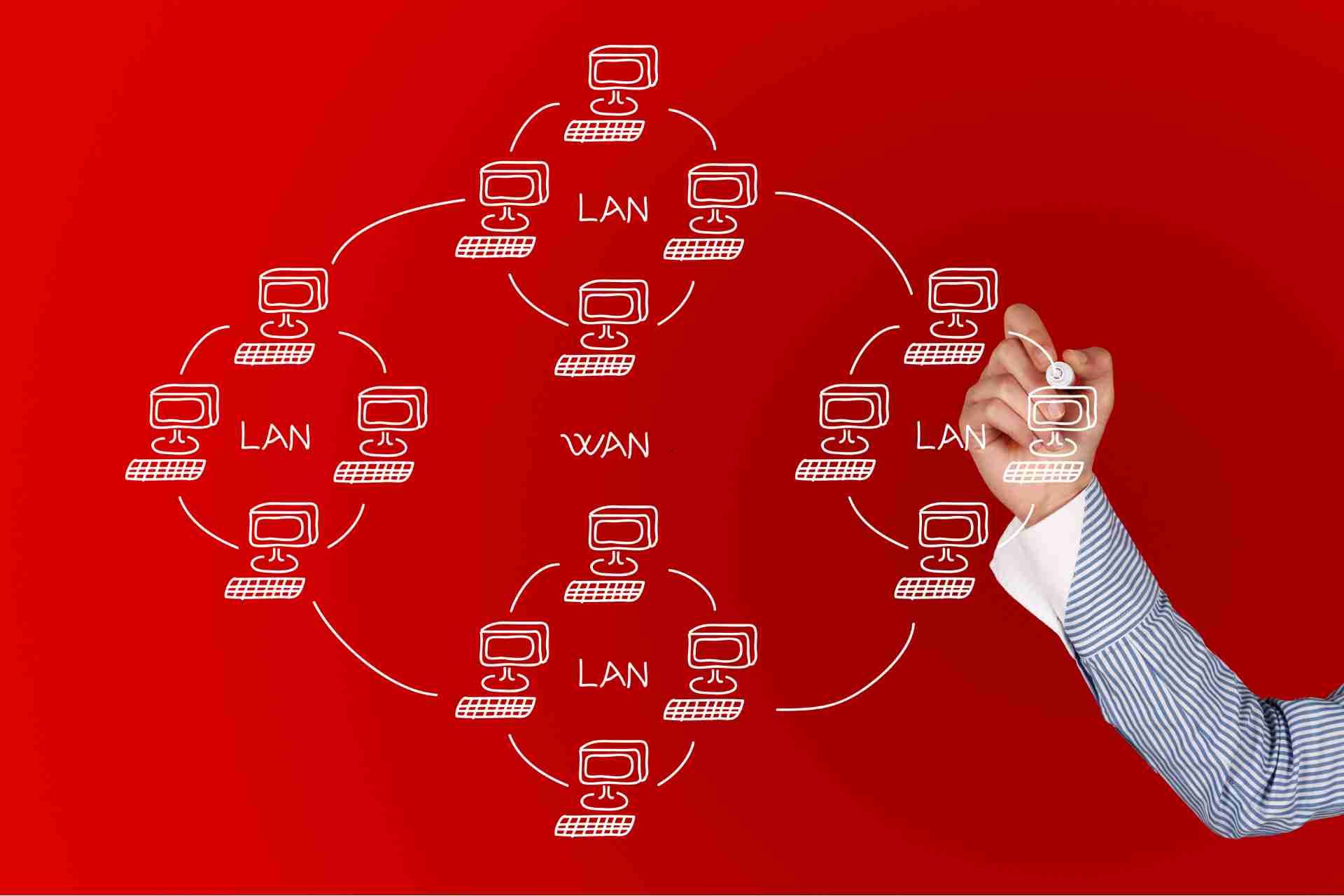The Role of Fiber Optics in Internet Connectivity Explained
Like veins carrying essential nutrients through a body, fiber optics serve as the lifeline of the internet, enabling data to flow swiftly and efficiently.
As you ponder the vast network of interconnected fibers that power your online experiences, you may wonder about the untapped potential and unseen innovations waiting to revolutionize the digital landscape.
The intricate
role of fiber optics in the internet holds the key to unlocking a world where connectivity knows no bounds, shaping the future of communication and technology in ways yet to be fully realized.
Evolution of Internet Connectivity
The evolution of internet connectivity has revolutionized how individuals and businesses interact and operate in the digital age. The history of the development of the internet can be traced back to the 1960s when the U.S. Department of Defense initiated the creation of ARPANET, a precursor to today's internet. Over the decades, advancements in technology have propelled the internet from a limited academic and military network to a global phenomenon that connects billions of users worldwide.
The development of the internet has been marked by significant milestones, including the creation of the World Wide Web by Tim Berners-Lee in 1989, which transformed the internet into a user-friendly platform for accessing and sharing information. The introduction of broadband in the late 1990s further accelerated internet connectivity, enabling faster data transmission speeds and paving the way for multimedia-rich content.
As the internet continued to evolve, the demand for faster and more reliable connectivity grew. This led to the widespread adoption of fiber optics, which revolutionized internet infrastructure by offering unparalleled data transfer speeds and bandwidth capabilities. The history of the internet's development showcases a remarkable journey of innovation and progress that has reshaped the way we communicate, collaborate, and conduct business in the modern world.
Advantages of Fiber Optics
Advancing from traditional internet infrastructure to fiber optics revolutionizes data transfer speeds and bandwidth capabilities, leading to significant advantages in connectivity. Fiber optics offer unparalleled bandwidth capabilities, enabling the transmission of vast amounts of data at incredibly high speeds. This enhanced bandwidth allows for smoother and more reliable internet connections, especially crucial for activities such as video streaming, online gaming, and large file downloads.
Moreover, the speed advantages of fiber optics are undeniable. With data traveling at the speed of light through thin strands of glass, fiber optic connections can achieve speeds that far surpass those of traditional copper cables. This means reduced latency, faster upload and download times, and overall improved user experience. Whether you're a casual internet user, a business relying on fast data transfers, or a gamer seeking low latency, fiber optics provide a superior solution for all your connectivity needs.
The advantages of fiber optics in terms of bandwidth capabilities and speed make it a clear choice for those seeking top-tier internet performance.
Future Trends in Fiber Technology
With advancements in fiber technology on the horizon, expect a surge in data transmission speeds and network reliability. Speed enhancements in fiber optics are poised to revolutionize communication networks. These developments will enable faster data transfer rates, offering seamless connectivity for various applications. The future of fiber technology will witness a significant boost in bandwidth capacity, allowing for the swift transmission of large volumes of data. This increase in speed will cater to the growing demands of data-intensive tasks, such as high-definition video streaming, cloud computing, and virtual reality applications.
Furthermore, cost efficiency will be a key focus in the evolution of fiber technology. Innovations in manufacturing processes and materials will drive down production costs, making fiber optics a more economically viable option for network infrastructure. The combination of speed enhancements and cost efficiency will position fiber optics as the backbone of next-generation communication systems, ensuring reliable and high-speed connectivity for years to come. The future trends in fiber technology promise a more efficient, robust, and interconnected digital world.
Conclusion
In conclusion, fiber optics play a crucial role in the internet by providing faster and more reliable connectivity.
With the advantages of high bandwidth, low latency, and immunity to electromagnetic interference, fiber optics have revolutionized the way data is transmitted and accessed online.
As technology continues to advance, fiber optics will remain at the forefront of internet infrastructure, paving the way for even faster speeds and more efficient communication networks.












